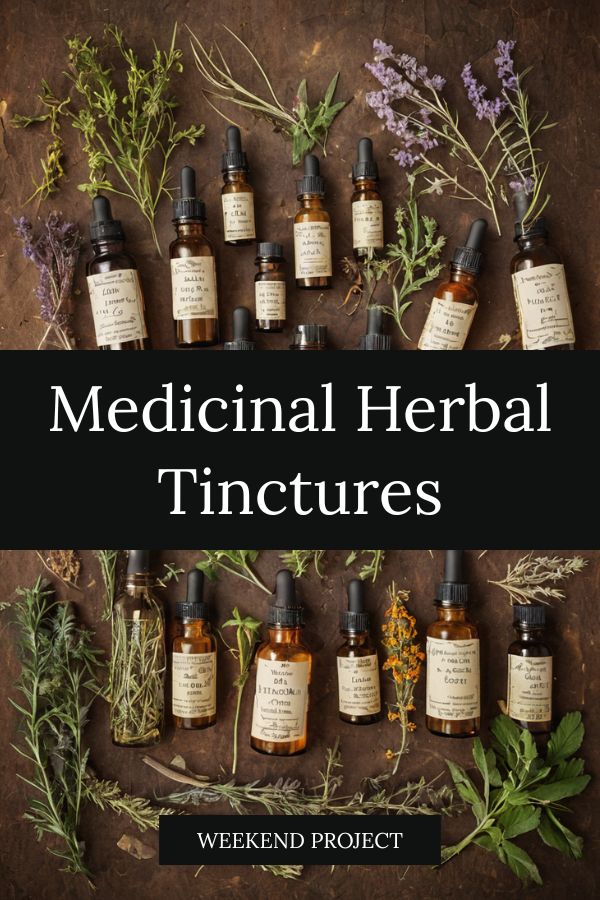Licorice (Glycyrrhiza Glabra)
Information Reliability Score: 2/10
This score reflects the overall reliability of the information presented in this article. It is based on the quality of scientific evidence, accuracy of sources, and the transparency of references related to Glycyrrhiza glabra.
Licorice, scientifically known as Glycyrrhiza glabra, is a medicinal herb widely recognized for its adaptogenic properties and use as both a spice and a traditional remedy. It contains a rare and potent active compound called glycyrrhizin, which is responsible for its distinctive sweet flavor and various therapeutic effects. Historically, licorice has been used in Chinese and Ayurvedic medicine for centuries to support respiratory health, reduce inflammation, and soothe sore throats. In modern wellness practices, it is valued for its ability to aid digestion, manage stress, and support immune function. Its unique combination of traditional wisdom and scientific validation makes it a versatile and enduring element in natural health care.
FREE COURSE
How to make medicinal herbl tinctures for common ailments at home and in a weekend (using the Healing Drop System).

